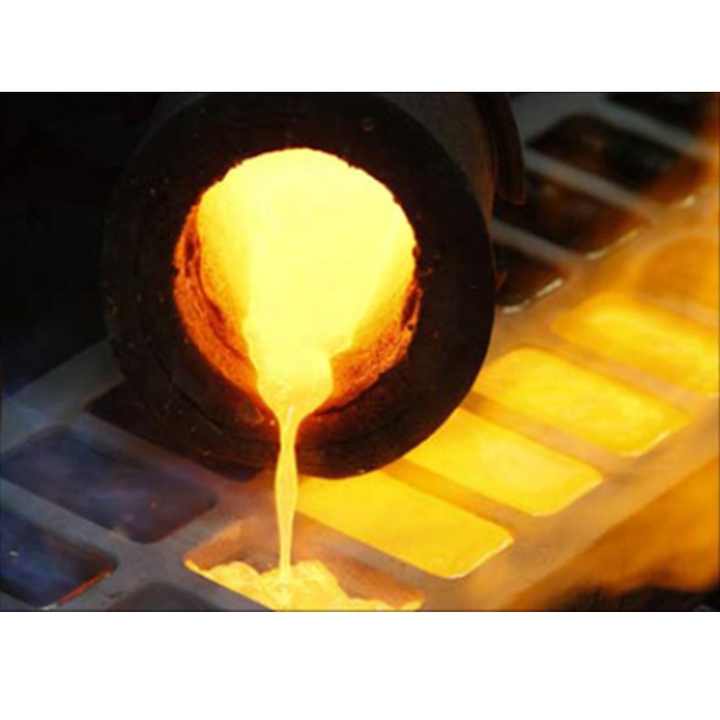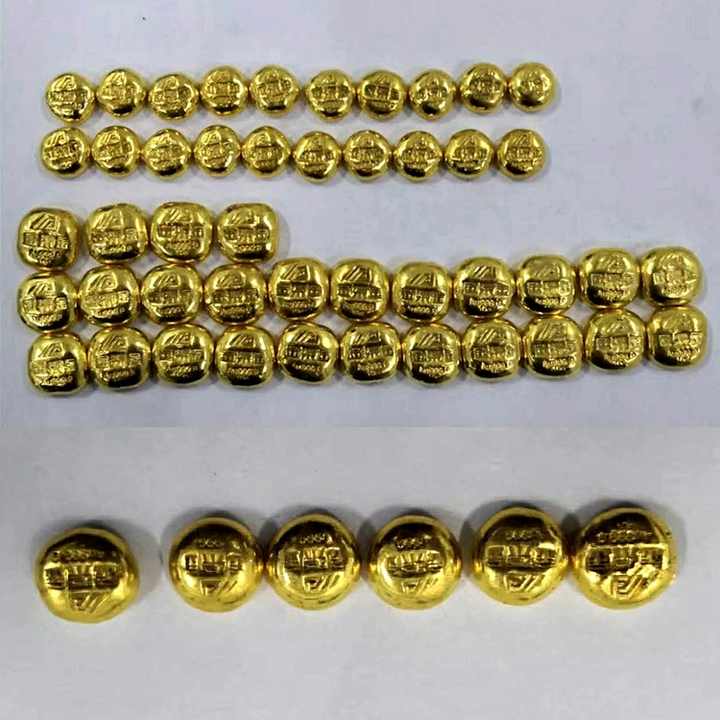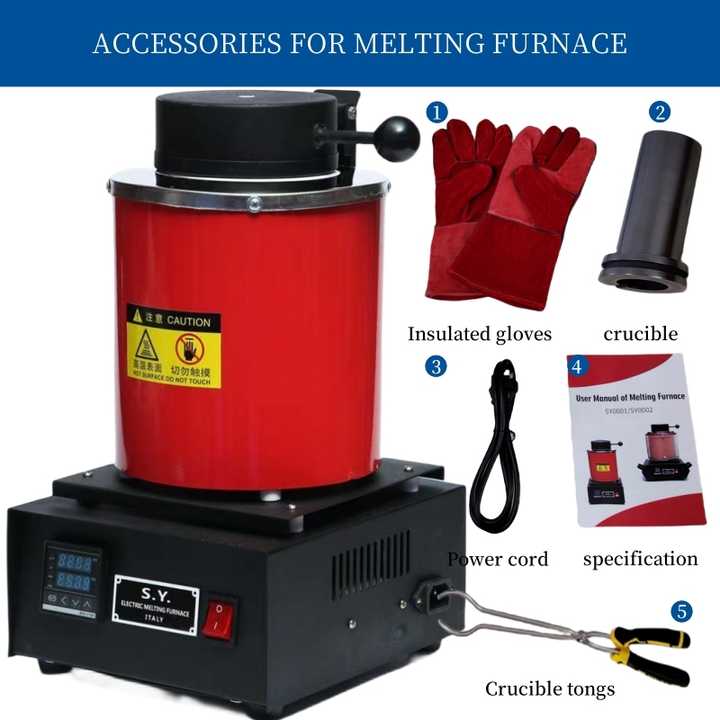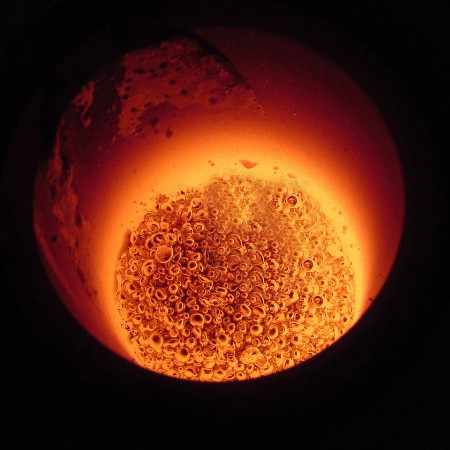24k gold for smelting

24K Gold for Smelting A Guide to Working with Pure Gold
Smelting 24K gold is a process that involves melting pure gold to refine or cast it into new shapes. As the highest purity level of gold, 24K gold is soft, malleable, and lacks impurities, making it ideal for certain applications in jewelry making, investment bars, and high-quality electronic components. In this article, we will explore the specifics of working with 24K gold for smelting, including the process, necessary equipment, and considerations.
What is 24K Gold?
24K gold is the purest form of gold, containing 99.9% gold with no significant traces of other metals. Unlike lower karat gold, such as 18K or 14K, which are mixed with other metals like copper or silver for increased hardness, 24K gold is naturally soft and bright yellow. Its purity makes it highly sought after for investments and luxury goods.
The Importance of Smelting 24K Gold
Smelting 24K gold serves several purposes. One common use is refining, where gold is melted to remove impurities and achieve a higher purity level, even when dealing with already high-purity materials. Additionally, smelting 24K gold is useful for reshaping gold into coins, bars, or intricate jewelry designs. Since 24K gold is so pure, it requires careful handling to maintain its integrity during the smelting process.
Equipment Needed for Smelting 24K Gold
Smelting 24K gold requires specific tools and equipment to achieve the desired temperature and ensure the gold melts evenly. The following equipment is typically used:
- Smelting Furnace: A furnace capable of reaching the melting point of gold (1,064°C or 1,948°F) is essential. These can be electric, gas-powered, or even microwave furnaces designed for melting precious metals.
- Crucible: A heat-resistant container, often made from materials like graphite or ceramic, where the gold is placed during smelting.
- Protective Gear: Smelting requires working with extremely high temperatures, so protective gear such as heat-resistant gloves, face shields, and aprons are necessary.
- Flux (Optional): Though 24K gold is already pure, flux (such as borax) can sometimes be added to help remove any remaining impurities or to assist in the smelting process.
- Tongs: Crucible tongs are needed to safely handle the crucible when removing it from the furnace.
The Process of Smelting 24K Gold
The smelting process for 24K gold is relatively straightforward, but it must be performed carefully to avoid contaminating the pure gold. Here’s a step-by-step guide:
- Preparation: Before starting, ensure the furnace is set to the correct temperature, just above the melting point of gold. Preheat the crucible in the furnace to avoid shocking the gold with rapid temperature changes.
- Melting the Gold: Place the 24K gold into the crucible. If you’re refining the gold, you may add a small amount of flux to the mixture. Heat the crucible until the gold turns into a molten liquid.
- Skimming Impurities (if any): For particularly pure 24K gold, impurities will be minimal. However, if there are any residual materials, they will rise to the top as slag. Use a heat-resistant tool to skim off the slag from the surface of the molten gold.
- Pouring the Gold: Once the gold is fully melted and purified, carefully remove the crucible from the furnace using tongs. Pour the molten gold into a mold to create gold bars, coins, or other desired shapes.
- Cooling and Finishing: Allow the gold to cool in the mold until it solidifies. After it cools, the gold can be polished or further processed depending on its intended use.
Safety Considerations
Smelting 24K gold, like any high-temperature process, comes with significant safety risks. Be sure to follow these safety precautions:
- Work in a Well-Ventilated Area: Smelting produces fumes that may contain trace amounts of impurities or gases, so ensure proper ventilation.
- Wear Protective Equipment: Always use heat-resistant gloves, protective eyewear, and a face shield to guard against burns and molten metal splashes.
- Handle Molten Gold Carefully: Use proper tools, such as tongs, to move and pour molten gold safely.

Benefits of Smelting 24K Gold
Smelting 24K gold offers several advantages over working with lower karat gold. The main benefits include:
- Higher Purity: Since 24K gold is nearly 100% pure, there is no need to worry about additional impurities being introduced during smelting.
- Enhanced Value: The higher purity of 24K gold makes it more valuable in the marketplace, particularly in investment forms such as coins and bars.
- Ideal for Intricate Designs: Because 24K gold is softer and more malleable, it is easier to work with when casting intricate designs, making it a popular choice among jewelry makers.

Common Applications for 24K Gold
Smelting 24K gold is primarily used in the following areas:
- Jewelry Making: 24K gold is often smelted into custom jewelry pieces due to its luxurious appearance and high value. However, its softness means that 24K gold jewelry is more suited for special occasions rather than daily wear.
- Gold Bars and Coins: Many gold investors prefer 24K gold in the form of bars or coins for its purity and inherent value.
- Electronics: High-purity gold is also used in electronics and other high-tech industries due to its excellent conductivity and resistance to corrosion.
Smelting 24K gold is an essential process for refining and shaping one of the most sought-after precious metals in the world. With the proper equipment and safety precautions, this process allows jewelers, investors, and manufacturers to produce high-quality gold products. Whether for creating intricate jewelry or casting valuable gold bars, understanding the nuances of working with 24K gold ensures a successful smelting experience.















